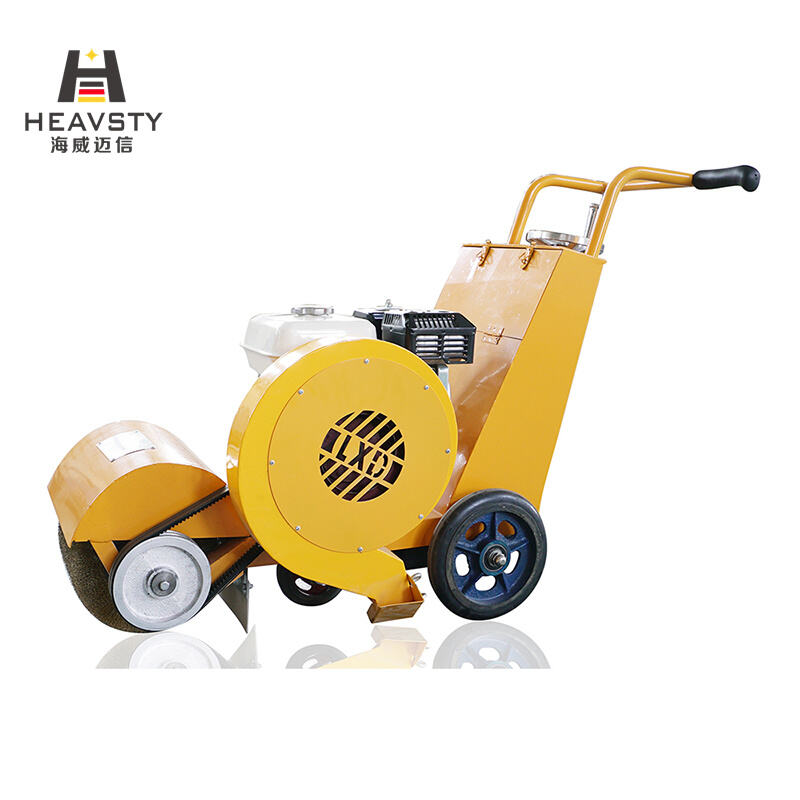Thermoplastic or Cold Road Marking Machine, What a question!
Did you ever wonder how those lines on the highways, in school zones or parking lots were painted? The use of paint is the most common method for creating road markings, which are applied by a machine known as a, to apply this paint. Yet, selecting for one of the best fabric manufacturer can be a daunting task due to its ample varieties accessible in the market. Today, we are going to discuss the parts of road marking machines that uses thermoplastic and cold spray technologies for you to better choose.
Thermoplastic Technology, What Benefits Does It Bring?
You see, thermoplastic changes its state; it goes from being a solid to turning completely into liquid when heated then back to a slightly less viscous stage as soon as it starts cooling down. This thus makes thermoplastic road markings an obvious choice for a longer shelf life. Thermoplastic can even last as long as six years and is far more durable over time than paint. But these markings are more reflective than others and provide good visibility at night which makes roads much safe. Additionally, Thermoplastic is environment-friendly; it does not contain toxic materials and generates low levels of volatile organic compounds (VOC`s) making it the sustainable option for road marking applications.
Benefits Of Cold Spray Technology
On the other hand, cold spray technology is a newer entry in the world of road marking machines. Unlike thermoplastic, cold spray does not require a heat machine thus it can be used in lower temperatures. Furthermore, the paint used in cold spray machines dries faster than thermoplastic - a valuable component when it comes to getting jobs done on time and for large scale projects. Cold spray markings can also be more durable than airless sprays, again based on the type of paint. Cold spray technology is affordable, a very cost-effective option for those projects that are limited on budget.
Safety Concerns
Thermoplastic and cold spray techniques, for example, both pay attention to safety in road marking applications. Thermoplastic markings heavily influence the safety of a parking lot due to their advanced night-time reflectivity, hence offering higher visibility and lower rates of accidents. The use of glass beads can be added on the top of reflective markings while cold spray technology provides a reflection.
Application Techniques
A thermoplastic road marking machine is worked by heating up the material until application to the road surface. The ideal application and adhesion of the material is achieved by maintaining a temperature between 200-220 degrees Celsius. The mix is subsequently loaded into the hopper of machine from where it is sprayed onto road with help of paving guns.
In these cold spray machines, the paint in loaded into hopper and compressed air is used to deposit paint together on road surface. Cold spray machines require no heating equipment which makes their setup time as shorter than that of thermoplastic sprayers.
Maintenance Practices
Maintenance: It is required to perform regular maintenance of road marking machines in order for it last longer and still be productive. For these machines should be serviced every six months or 300 operating hours. Some typical maintenance tasks are cleaning and inspecting of the machine components, checking hydraulic and pneumatic system to ensure proper working order, calibration of spray guns used in marking application along with verification that the final mark is being delivered at a specified velocity.
Ensuring Quality
The technology used, the process involved in application and quality of materials used also affect road marking standards. Thermoplastic and cold spray technologies are equipped with the potential for passing through quality markings. It must be noted that the machine and material should match with road and traffic conditions of specific requirement.
EKR can be used everywhere
Road marking machines are used throughout a wide range of settings such as airports, highways, parking lots and school zones. Selecting thermoplastic or cold spray technologies relies on traffic volume, climatic conditions in the region and budget limitations.
In Conclusion
The choice in road marking technology is none the less a pivotal one. Thermoplastic and Cold spray technologies both have their strong points that cater to different applications, by reading through common safety practices for each technology as well as including an introduction on how Thermoplastics and cold sprays might be industrexes the better option for a project you are considering starting your research in inclusive aspects such applying of material or maintenance work should help you make more insightful decision based on the requirements there may existientos within.


